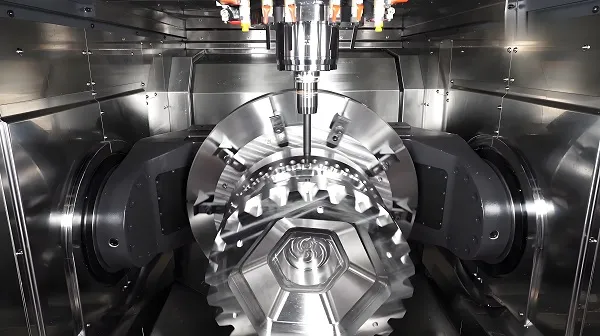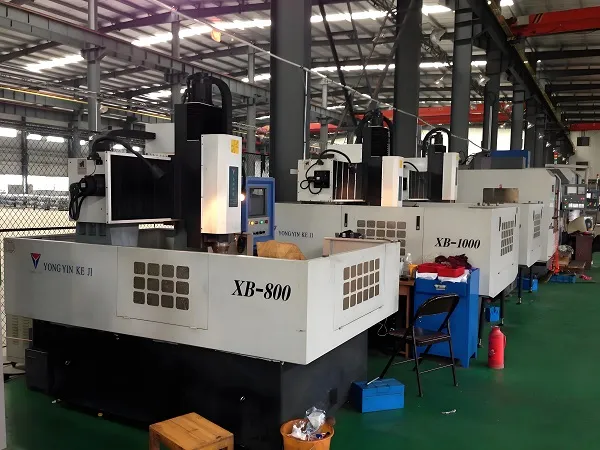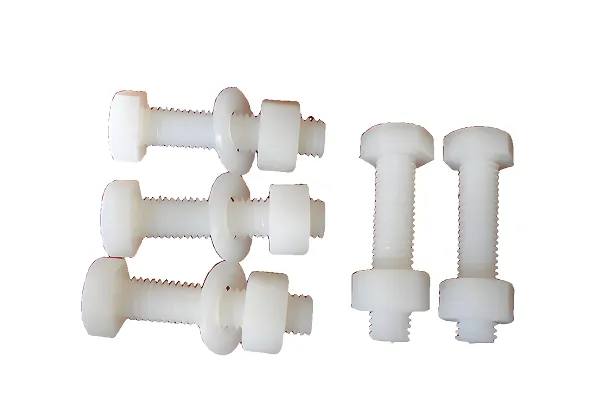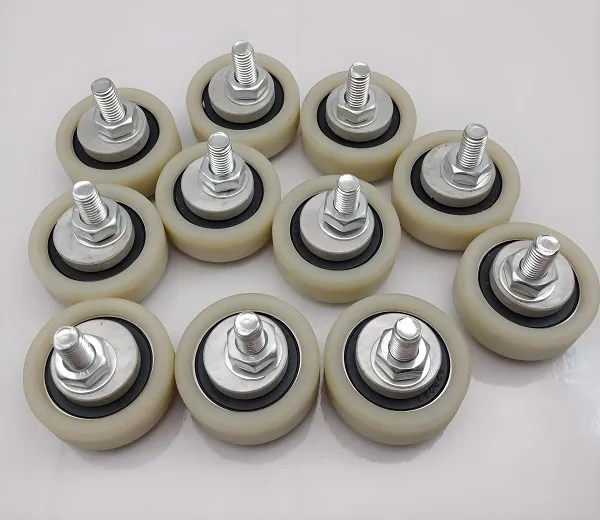Spring steel stamping is an efficient and precise method of metal forming that is widely used in a variety of industries, including automotive, home appliances, and electronics. Spring steel, as a special steel with high elasticity, high toughness and good fatigue resistance, can be manufactured in various shapes and sizes to meet different industrial needs through the stamping process.
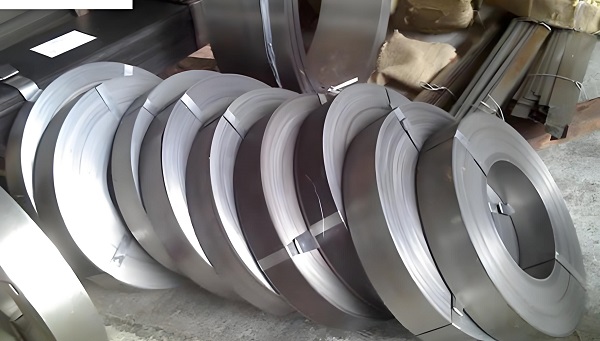
1. Advantages of spring steel stamping process
High efficiency: stamping process can quickly process the spring steel plate into the required shape, greatly improving production efficiency.
Accuracy: The use of molds ensures the dimensional accuracy and shape consistency of stamped parts.
Economy: Due to the high efficiency and accuracy of the stamping process, production costs can be significantly reduced.
Applicability: The excellent elasticity, toughness and fatigue resistance of spring steel make it suitable for the manufacture of spring parts subjected to alternating loads and high stress.
2. Spring steel stamping production process
Material Preparation: Select the suitable spring steel material and cut and pre-treat it according to the demand.
Tooling design: design and manufacture suitable tooling according to the shape and size of the stamped part.
Stamping Processing: Put the spring steel plate into the mold and apply pressure through the stamping machine to make it undergo plastic deformation to get the required shape and size of the part.
Post-treatment: Post-treatment processes such as deburring, cleaning and heat treatment are carried out on the stamped parts to improve their surface quality and performance.
Quality inspection: the stamped parts for size, shape, surface quality and other aspects of the test, to ensure that it meets the design requirements.
3. Spring steel stamping materials
Commonly used materials for spring steel stamping include 65Mn, 60Si2Mn, 55Si2Mn and so on. These materials have high elasticity, high toughness and good hardenability, and can meet the needs of different spring parts.
65Mn: Strength, toughness and plasticity are good, suitable for the manufacture of small and medium-sized cross-section of the steel plate spring.
60Si2Mn: high hardenability, strength and elastic limit are good, suitable for the manufacture of medium-sized cross-section size of the plate spring and helical spring.
55Si2Mn: fatigue strength increased significantly, high hardenability, suitable for the manufacture of flat springs and helical springs subjected to constant load.
4. The use of spring steel stamping parts
Spring steel stampings are widely used in various fields, such as:
Automobile industry: the manufacture of automobiles on the front and rear vice spring, safety valves and check valves on the spring and so on.
Railway vehicles: the manufacture of railway vehicles on the plate spring, safety springs, etc..
Home appliance industry: the manufacture of a variety of shock absorbers, spring sheet, etc..
Electronic industry: manufacture of battery spring plates, contact plates, etc.
Customized spring steel stamping parts FAQ
Q1: How to choose the right spring steel material?
A: The selection of suitable spring steel material should be based on specific conditions of use, such as the nature, size and cycling characteristics of the load, operating duration, operating temperature, etc.. At the same time, it is also necessary to consider the strength, toughness, hardenability and other properties of the material.
Q2: How to ensure the dimensional accuracy of parts in the stamping process?
A: Ensuring the dimensional accuracy of parts mainly relies on accurate mold design and manufacturing, as well as strict control of stamping process parameters. In addition, quality inspection of stamped parts is also required to ensure that they meet the design requirements.
Q3: How to control the surface quality of stamped parts?
A: The surface quality of stamped parts can be controlled by reasonable mold design, appropriate stamping process parameters, post-treatment processes (e.g. deburring, cleaning, etc.) and quality control measures.
Q4:How to reduce the cost of stamping processing?
A: Reducing the cost of stamping processing can be achieved by improving production efficiency, optimizing mold design, selecting reasonable stamping process parameters and reducing material loss.
Q5:How long is the delivery cycle of stamping parts in general?
A: The delivery cycle of stamped parts depends on the specific order quantity, material preparation time, mold manufacturing time, stamping processing time and post-processing procedures. Generally speaking, the lead time varies from a few days to a few weeks, depending on the order.
Through the above introduction, I believe you have a better understanding of spring steel stamping. If you have any questions or needs, please feel free to contact us.

